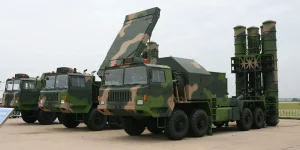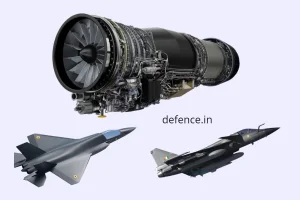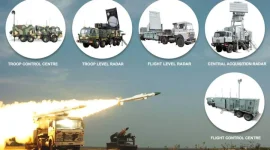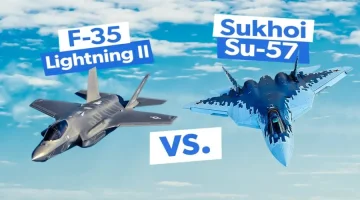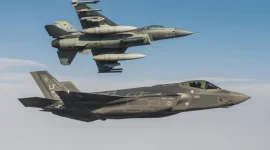- Views: 6K
- Replies: 32

A recent Digital Combat Simulator (DCS) simulation by YouTube channel "Grim Reapers" has sparked interest in the potential impact of the Philippines' new BrahMos anti-ship missile batteries.
In the simulated scenario, the BrahMos missiles, known for their high speed and maneuverability, were pitted against both Chinese and US carrier groups.
The simulation began by testing the effectiveness of a single BrahMos missile against a Chinese Type 052D destroyer, which successfully intercepted the missile with its HQ-9B interceptor.
However, subsequent simulations demonstrated the power of saturation attacks. A salvo of 12 BrahMos missiles was entirely intercepted by the Chinese carrier group's defenses, but when the number of missiles was increased to 24, two managed to penetrate and sink the carrier. In the final simulation against the Chinese fleet, an attack with 36 BrahMos missiles resulted in approximately 12 successful hits, sinking multiple warships.
The Grim Reapers also tested the BrahMos missiles against a US carrier group, launching a salvo of 36 missiles. Despite the US carrier group's advanced missile defence systems, which fired 95 interceptor missiles, seven BrahMos missiles managed to hit their targets.
These simulations, while not predictive of actual combat, provide valuable insights into the challenges of missile defence and the potential threat posed by the BrahMos missile. They underscore the importance of maintaining robust defensive capabilities and highlight the strategic value of the BrahMos, a joint Indian-Russian development.
As tensions in the Asia-Pacific region persist, such analyses offer a glimpse into the evolving landscape of naval warfare and the crucial role of advanced weaponry like the BrahMos in shaping future conflicts.

